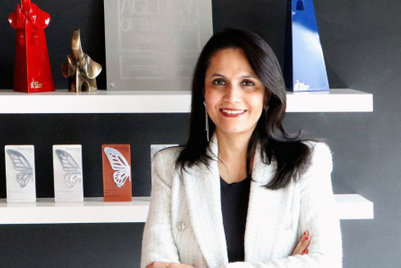
I recently came across an insight from an ex-colleague, Samar Birwadker: there is no such thing as bad workplace or a bad employee, just a bad fit. Samar is now the founder of a California-based start up aptly named Good.co, which helps you discover what makes you unique in your workplace.
Browsing through the company’s website got me thinking about the absolute importance of being a good “fit”. So often I hear from friends that they are really unhappy with their jobs. As a manager, I also wonder about some of the hiring decisions I made. In how many of those cases has “fit” been the culprit for unhappiness on either or both sides?
A good fit for me is when an employee’s values are aligned with those of the company. If I thrive in unstructured and flexible environments then a hierarchical corporate set up would be a bad fit for me. If I can only succeed as an individual contributor then a company where team performance is given the highest importance would be a bad fit for me. A good fit can also happen if the employee is able to quickly learn the spoken and unspoken rules of engagement and adapt to that culture. And, of course, there is also a case of someone being a great fit when he or she waltzes into an office, swiftly imbibes the existing culture and gives something special back.
The cost of unhappy employees for businesses is tremendous. Take a look at this infographic from Good.co to understand the deep impact of disengaged employees. From the employee perspective, the cost of choosing the wrong company could spell hours of drudgery, frustration, demotivation, disappointment and perhaps even lack of career progress. Both hiring managers and job seekers could benefit from treating “fit” as a make or break criteria for employment decisions.
For job seekers, how do you gauge what a company’s culture is going to be like? It’s not that difficult given how much information is available on the Internet. Scour the company’s pages on LinkedIn, Facebook, Twitter, YouTube and of course the company’s own website amongst many possible sources. What does the content reveal about the company? What clues about culture can you uncover from the photos, the videos and the words? Each touch point is bound to tell you some part of the story. Can you track down current and past employees and find out what they have to say about the good and the bad?What can you find out about your future boss? Do your homework well and use the interview(s) to dig deeper.
For hiring managers, how often do you really gauge if a candidate will be a good fit or not? Not spending enough time on assessing the fit could be more painful in the medium and long term. In my view, it’s best to screen and short list candidates for compatible background and functional competence. Then use all the time in the interview(s) to get to know the candidate as a human being including her likes, dislikes, how she spends her time outside the office, what her favourite hobbies are and what an ideal culture would mean for her. Answers to these questions will reveal a lot about whether she or he is right for your company or not.
Sounds very obvious and straightforward but I suspect not enough of us are doing this due diligence. I am shocked by how few questions I get asked about the culture of our company from prospective employees. Equally, I don't think I spend as much time as a hiring manager probing for this as much as I would like to. I think both sides can benefit from a more rigorous approach to fit assessment. This will surely improve the odds of workplace happiness.
What about you? How much importance do you give “fit” when choosing a company or hiring someone to join your company? How do you assess “fit”?
Lulu Raghavan is the managing director at Landor Associates, Mumbai. When she's not obsessing about branding she is either cooking up a storm, checking out a new restaurant or traveling somewhere exotic. Follow her other adventures at http://lululovesbombay.


.jpg&h=334&w=500&q=100&v=20250320&c=1)

.jpg&h=334&w=500&q=100&v=20250320&c=1)

.jpg&h=334&w=500&q=100&v=20250320&c=1)



.jpg&h=334&w=500&q=100&v=20250320&c=1)
.jpg&h=334&w=500&q=100&v=20250320&c=1)

.jpg&h=268&w=401&q=100&v=20250320&c=1)


.jpg&h=268&w=401&q=100&v=20250320&c=1)
.jpg&h=268&w=401&q=100&v=20250320&c=1)


